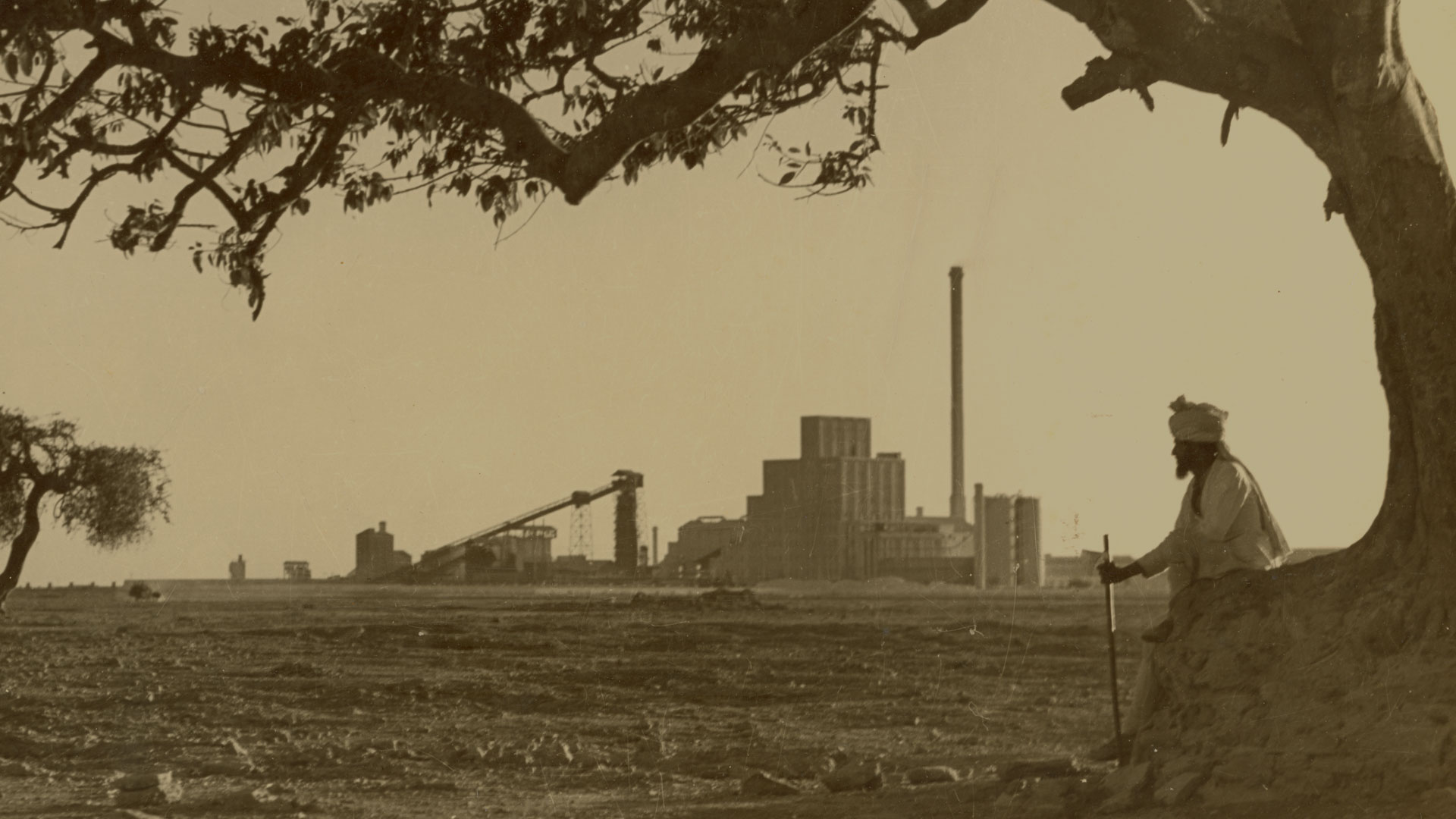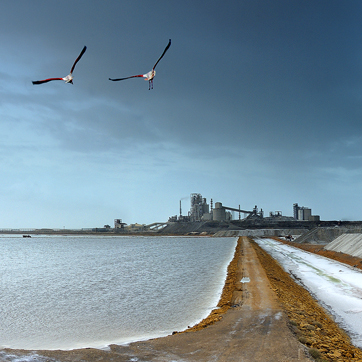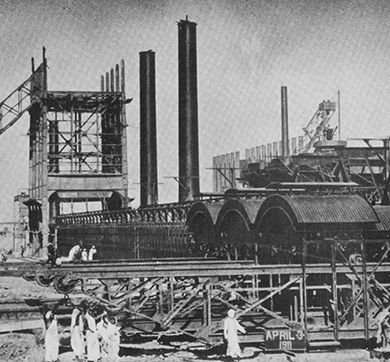Aug 2004 | 1216 words | 5-min read
According to Hindu mythology, the devas (gods) and the asuras (demons) together churned the ocean in a samudra manthan to find amrit (the elixir of immortality). Tata Chemicals has been following the same path. From the sea come the two principal elements that form the basis for most of its products, water and salt.
In the late 1920s, Kapil Ram Vakil, a chemical engineer educated in England, saw the possibility of developing a salt works in the Kutch region, now in the state of Gujarat. He approached the then Maharaja of Baroda, Sayaji Rao Gaekwad. Always keen to develop his princely state, the Maharaja gave his assent. In 1927, Vakil set up the Okha Salt Works and VT Krishnamachari, the Diwan of Baroda, laid the foundation stone.
A decade later, Vakil wanted to expand and set up a soda ash plant, but did not have the financial resources required. He approached the Tatas. They agreed to take over the company and Tata Chemicals was born in 1939. Vakil stayed on as its director.
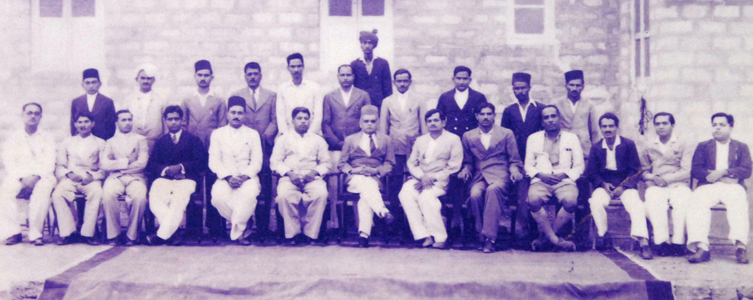
Setting up a soda ash plant was no easy task. At that time British chemicals giant Imperial Chemical Industries (ICI), located in the Sindh province of what is now Pakistan, was the only company in the subcontinent with the necessary know-how and technology. When the British were approached, they taunted Vakil, saying: "You put in salt and you get out salt." Darbari Seth, a young chemical engineer who had recently joined Tata Chemicals, was stung by their arrogance and resolved to build the best soda ash plant in India. That it was wartime compounded the problem, as the ship carrying the material to set up the plant was torpedoed and sunk. JRD Tata was told by an international expert that he was in the wrong place doing the wrong job. But he did not give up.
Production
Finally, in 1944, the plant started production, with a capacity of 80tpd (tonnes per day). In 1962, a capacity of 400tpd was achieved and in commemoration, the 'four hundred tonnes production' tower (FHTP) was erected in front of Mitha Mahal, the company guesthouse at Mithapur, where it still stands. Today Tata Chemicals' production capacity is 2,500tpd, and its Mithapur facility is one of the largest integrated inorganic chemicals complexes in India.
There have been many milestones on the way. In 1957-58, a major expansion programme increased the production capacity of various products. From salt and soda ash, the company moved into, among other things, caustic soda, liquid chlorine, hydrochloric acid, sodium bicarbonate and ethylene dibromide. The first phase of the expansion plan was completed in 1959 with the setting up of the second lime kiln and the programme was completed in 1964.
In 1962-63, Tata Chemicals' net profit went up nearly five-fold, from Rs1.69 million to Rs7.97 million. But it was also a time of crisis. There were no rains and Bhimgaja and Mithikhadi, the two lakes which the company and township depended on for water, nearly ran dry. Apart from salt, water is one of the main raw materials for all of Mithapur's products. Without water the vast chemical complex just could not function. But determination and innovation achieved remarkable triumphs in the face of dire adversity. Tata engineers came up with ideas not only to conserve water, but to also produce treated seawater in place of fresh water, setting up a make-up water plant (MUW). This translated into a long-term benefit for the company, creating a zero water-input capability, to continue operations whether there is or isn't water supply from outside. The initiative also drought-proofed the company in the event of erratic monsoons. Self-reliance is a small word, but it has a big meaning for Mithapur, and is an important factor in its success.
Every year 111 billion litres of seawater are evaporated using solar energy to produce 1.1 billion litres of brine. The amount of solar energy required to produce this is equal to 11 million tonnes of coal. The brine is then crystallised to produce 2 million tonnes of solar salt, the essential raw material for 18 basic inorganic chemicals, including soda ash. Soda ash is as fundamental to chemical industries as steel is to the engineering sector.
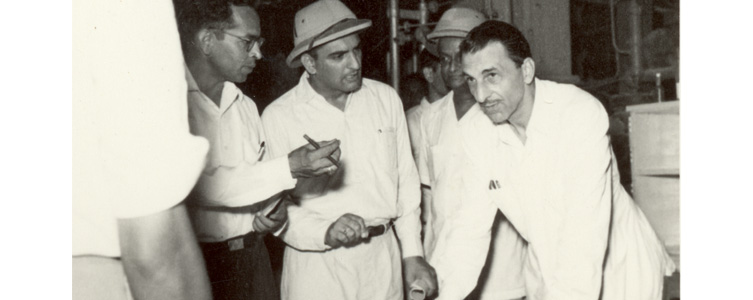
Liberalization and the turnaround
In the 1990s Tata Chemicals, like other companies in the sector, was hit by the changing global economy. Till 1995-96, soda ash was a seller's market but it slowly became a buyer's market as more and more players entered the field. In the salt industry too, new entrants drove up the competition. The company's salt works were the largest in India and second largest in the world, but the low entry barrier made it an attractive area, especially among regional players.
Like many large manufacturing companies in India, Tata Chemicals found it difficult to react swiftly to the demands of a rapidly changing marketplace. This required the company to effect a transformation unlike anything it had even contemplated. The focus was now on consolidation and overcoming the challenges faced in terms of cost, competition, quality. It achieved ISO 9001 in 1996. In soda ash, it became the lowest cost producer, and sustained operations in the face of cheap imports. In salt, it retained its leadership position in the marketplace.
Four elements made the turnaround possible. It started with people. The company took a hard look at its human resources function, emphasising skill development, leadership programmes and customer awareness sessions. Marketing was thoroughly revamped. The Tata Business Excellence Model (TBEM), a framework which drives business excellence in Tata Group companies, was implemented. The last part of the new equation was the decision to get out of businesses that were proving a drag, such as detergents.
The Tata Chemicals fertiliser division was set up at Babrala in Uttar Pradesh in a record time of 37 months at a cost of Rs14.75 billion. It has an installed capacity of 864,600 tonnes of urea per year (nearly 12 per cent of the total urea produced by the country's private sector). It also houses an ammonia plant with a capacity of 1,520 tonnes per day and is considered to be one of the best industrial facilities in India, and among the most energy efficient globally.
Mithapur and Babrala
Both Mithapur and Babrala have townships privately owned by Tata Chemicals, offering all modern facilities, including schools, shops, a clubhouse, a library, as well as health and sports facilities.
Mithapur is situated in the Gulf of Kutch, which is a marine national park. The employees and their children are very involved in protecting the environment and in nature activities such as turtle walks. The sea, which is the source of the company's raw material, is also home to a variety of migratory birds, among them flamingos and herons.
The Tata Chemicals Society for Rural Development works with the villagers in and around Okhamandal at Mithapur and Babrala to develop the villages and their people. Watershed and agricultural development are two of its many initiatives. The company has also been at the forefront of helping the community by setting up relief and rehabilitation programmes in times of natural disasters such as the Morvi floods in 1979 or the cyclone that hit the Gujarat coast in 1998. The tragic earthquake in 2001 saw Tata Chemicals along with other Tata companies engage in relief on a war footing.
This history of Tata Chemicals was published in 2004. Learn more about Tata Chemicals here.
